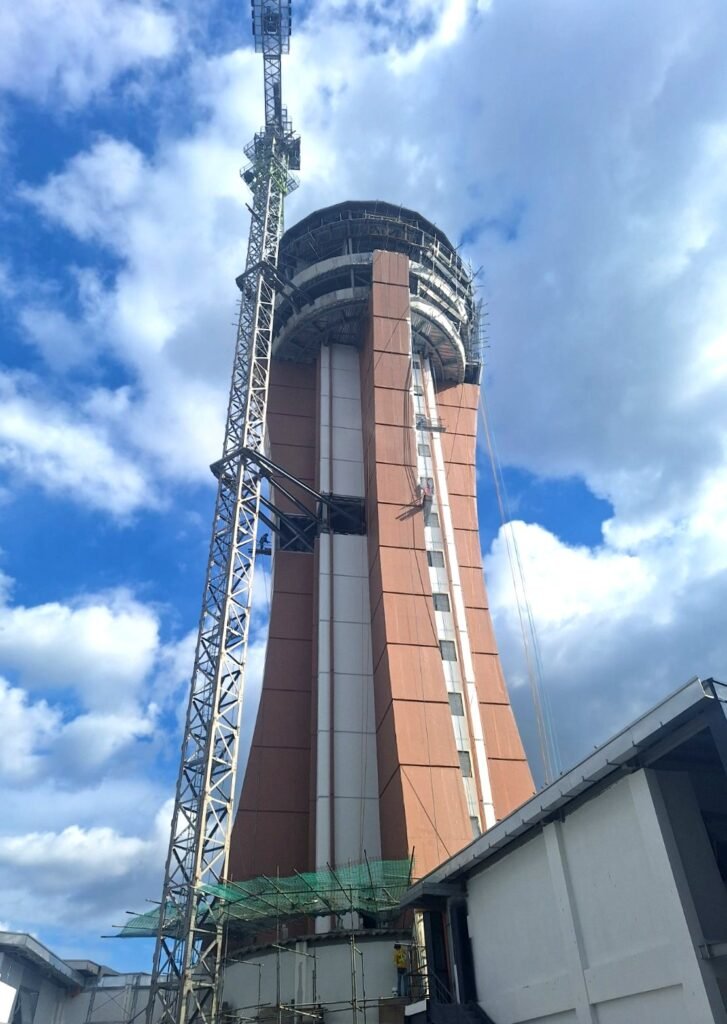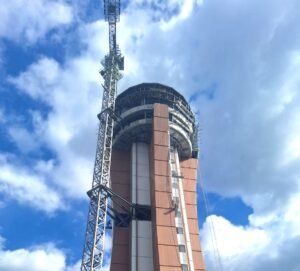
CLARK FREEPORT ⸺ The new Air Traffic Control (ATC) tower at the Clark International Airport is the national government’s innovative solution that will uphold safety standards and improve operational efficiency in air traffic management, according to the Clark International Airport Corp.
“We expect the tower to be operational by the second quarter of this year, and we also expect air traffic volume to escalate, so the safety of aircraft and passengers are our foremost concern,” CIAC President Jojit Alcazar noted.
The tower infrastructure project was awarded to MSV Construction and Supplies, together with the Northern Builders Construction Corp.
The new 18-storey air traffic control tower with panoramic views of the airfield will address the existing line-of-sight issue on the north-end approach area of the runway, create an optimal operational environment by providing maximum visibility during air traffic control operations, he added.
“Our country’s airports frequently face perennial challenges such as airspace congestion, equipment breakdown, weather disturbances, and the complexity of air traffic management,” Alcazar said.
“There will be a continued increase in global air traffic levels as they have reached, or in certain regions even surpassed, pre-pandemic numbers,” he added.
Alcazar said the Clark tower will apply innovative communication technology used in leading airports all over the world and devoted to safety and international standardization.
“The surge in travel volume adds up to the challenges faced by ATC operations at Clark, and so a new system capable to quickly identify and mitigate these challenges is needed,” Alcazar said.
Last month, engineers and specialists from CIAC and the Civil Aviation Authority of the Philippines completed training abroad on the operations of traffic communication, navigation and surveillance systems.
Alcazar also noted the new ATC will enhance development efforts for CIAC’s Seven Flagship Projects, which require massive logistics and cargo movement. These Projects include a National Food Hub, a World Convention and Events Center, and a Multi-Modal Mobility Hub.



